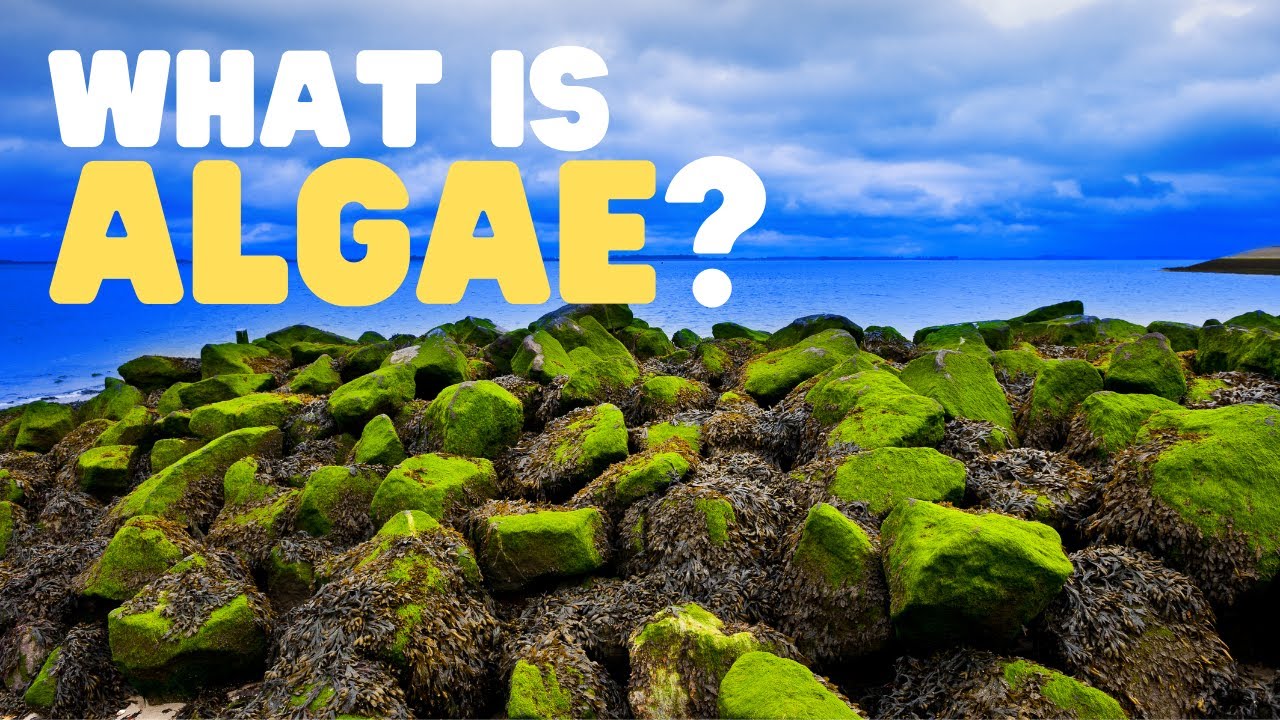Algae, often described as pond scum, are tiny plant-like organisms found globally in both terrestrial and aquatic environments. Despite their small size, algae play an important role in ecosystems and have many benefits for human society.
What are algae?
Algae come in many different forms but share some key characteristics. They are photosynthetic organisms, which means they can use sunlight, carbon dioxide and nutrients to produce their own food through photosynthesis. However, unlike plants, algae lack true stems, roots, leaves and vascular tissues. There are three main groups of algae:
– Microalgae: Single-celled algae that are microscopic in size. They include diatoms and cyanobacteria.
– Macroalgae: Multicellular algae that can be seen with the naked eye. They include kelp and seaweeds.
– Phytoplankton: Microalgae that drift within aquatic ecosystems. Important types are dinoflagellates and cyanobacteria.
Life cycles and diversity
Algae exhibit an incredible diversity of shapes, colors and habitats across different species. Some algae like diatoms have photosynthetic properties within their shells while others such as kelp can grow over 50 meters long. Reproduction can involve alternation of generations between haploid and diploid cells or simple cell division. Bacteria-like cyanobacteria represents the oldest lineage of algae dating back billions of years and playing a pivotal role in establishing Earth’s early oxygen atmosphere. Over 100,000 algal species have been identified so far with new discoveries still being made.
Importance in ecosystems
Algae are vital primary producers in aquatic ecosystems, converting carbon dioxide and sunlight into organic matter near the base of the food chain. They account for 40-50% of global photosynthesis and produce over 70% of the oxygen in the atmosphere through this process. Key phytoplankton species underpin oceanic fisheries by supporting marine food webs. On land, cyanobacteria form biological soil crusts in arid environments, improving soil fertility and curbing erosion. Macroalgae such as kelp forests provide complex habitat structure for countless marine life forms.
Current and potential uses
Algae have long been used by humans for food, feed, fertilizers and hydrocolloid production. Seaweeds are consumed in many Asian cuisines and contribute dietary fiber, vitamins and minerals. Spirulina grown in managed ponds supplies a nutrient-dense food supplement. Microalgae are cropped to feed aquaculture stocks and as an ingredient in animal feed. Extracts from some algae strains show antimicrobial properties with applications for human health. Going forward, algae are being investigated for next-generation biofuels and related renewable energy applications given their ability to fix carbon through photosynthesis. With advances in genetic engineering and biotechnology, their potential is vast.
Cultivation of microalgae
Advancing algae biotechnology requires optimizing the cultivation of microalgae. Common methods include open ponds, enclosed photobioreactors and fermenters, with advantages and disadvantages to each system. Key factors influencing mass algae cultivation are strain selection, nutrient delivery, carbon dioxide provision, harvesting techniques and optimizing the balance of various growth parameters like temperature, pH and light intensity. Outdoor open ponds offer advantages of scale but risk contamination, while enclosed bioreactors ensure controlled sterile environments but require more energy to power and maintain ideal conditions. Researchers continually innovate new cultivation systems tailored for particular microalgae applications.
Challenges and future outlook
While Algae present promising applications, several technical and economic challenges remain to fully commercialize their potential on a global scale. Microalgae strains must be further optimized through selective breeding or genetic engineering for desired traits such as high growth rates, tolerance of stress conditions and accumulation of harvestable products. Development of efficient, low-cost technologies is also needed for bulk cultivation, harvesting, processing and to minimize energy inputs. Supply chain issues around reliable algae biomass production and delivery need attention. With further research and development efforts, algae biotechnology is positioned to advance solutions across sectors from sustainable fuels to natural product synthesis and human nutrition over the coming decades. Overall algae represent a vast resource that could support a greener, more circular bioeconomy if unlocked responsibly through concentrated innovation.
From microscopic phytoplankton to giant kelps, algae exhibit amazing diversity of form and function hidden in plain sight across the world’s aquatic and terrestrial areas. Despite their simple structure lacking true tissues, algae play a vastly important role as primary photoautotrophs driving many global ecosystem processes. Humanity has only just begun to tap their potential for applications across nutrition, materials, energy and more. With further research navigating technical hurdles, algae biotechnology holds great promise to advance more sustainable industries and help meet increasing global demands in environmentally-friendly ways. The coming years will be an exciting time as we continue to uncover and harness the huge yet underutilized potential of these tiny powerhouses.
*Note:
1. Source: Coherent Market Insights, Public sources, Desk research
2. We have leveraged AI tools to mine information and compile it



